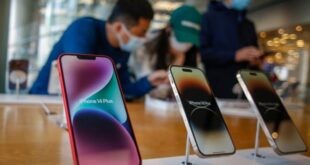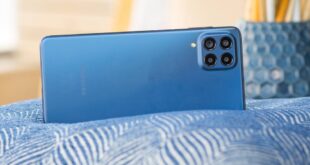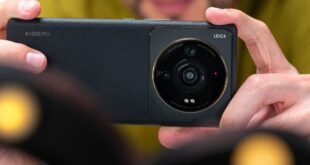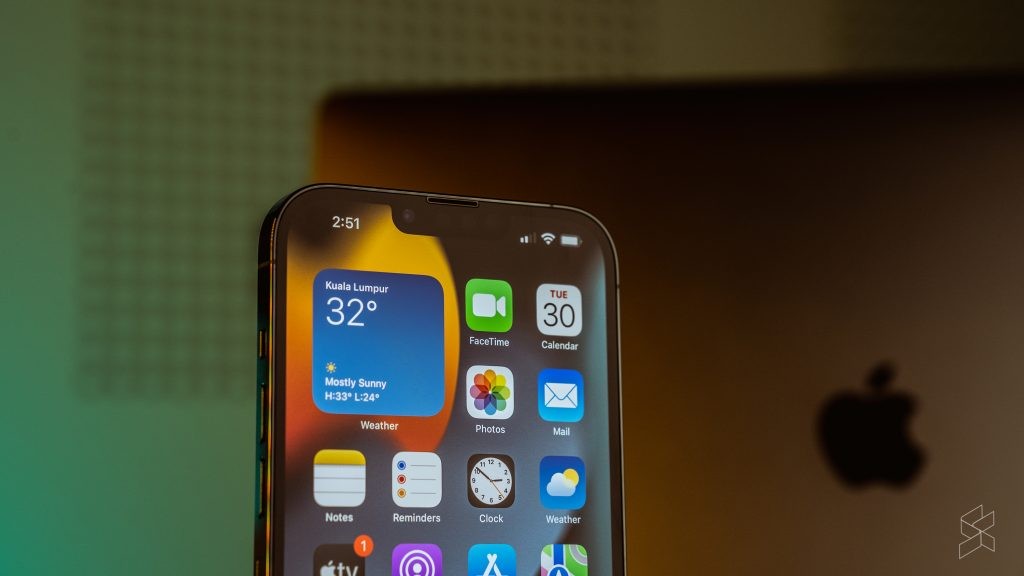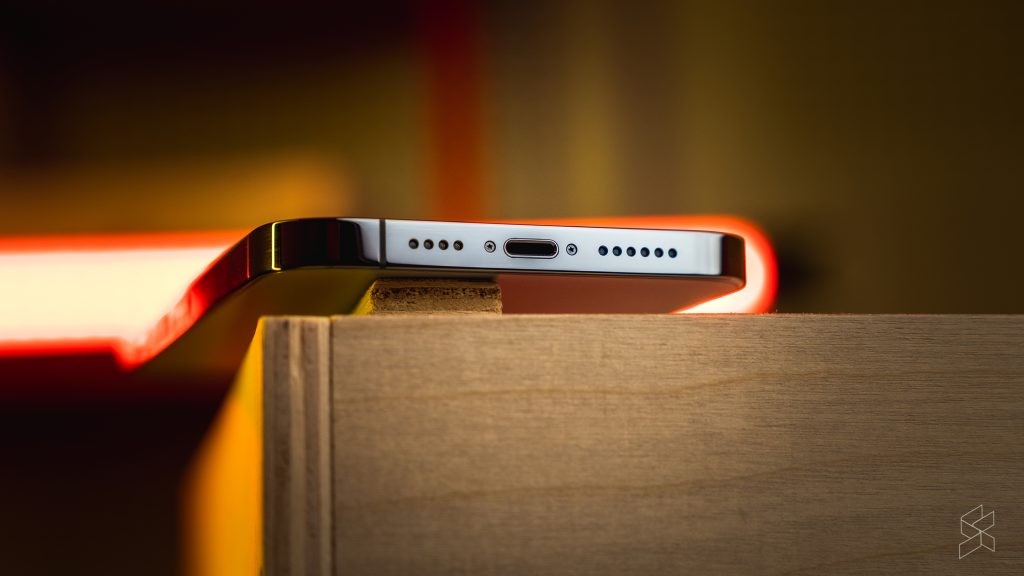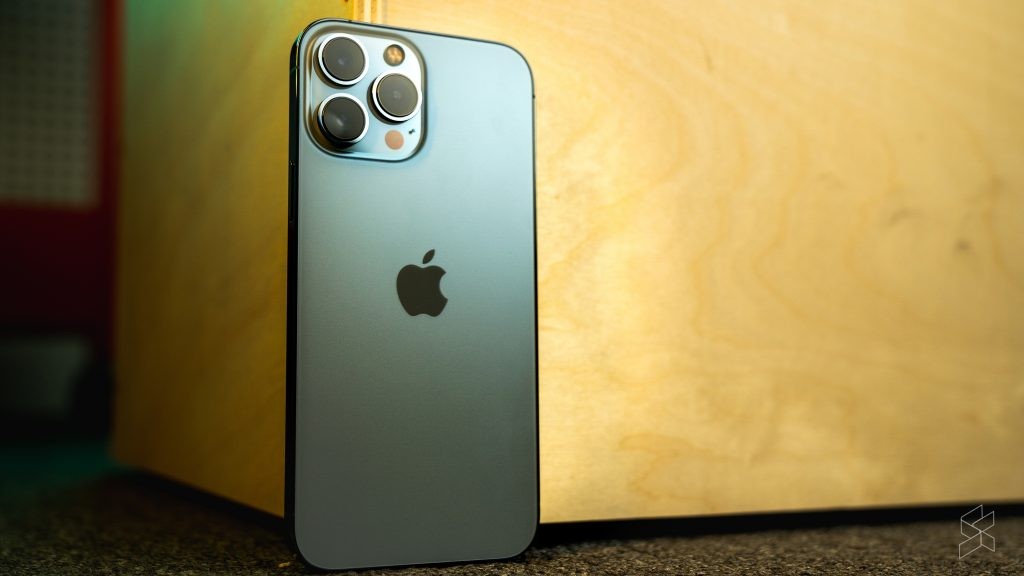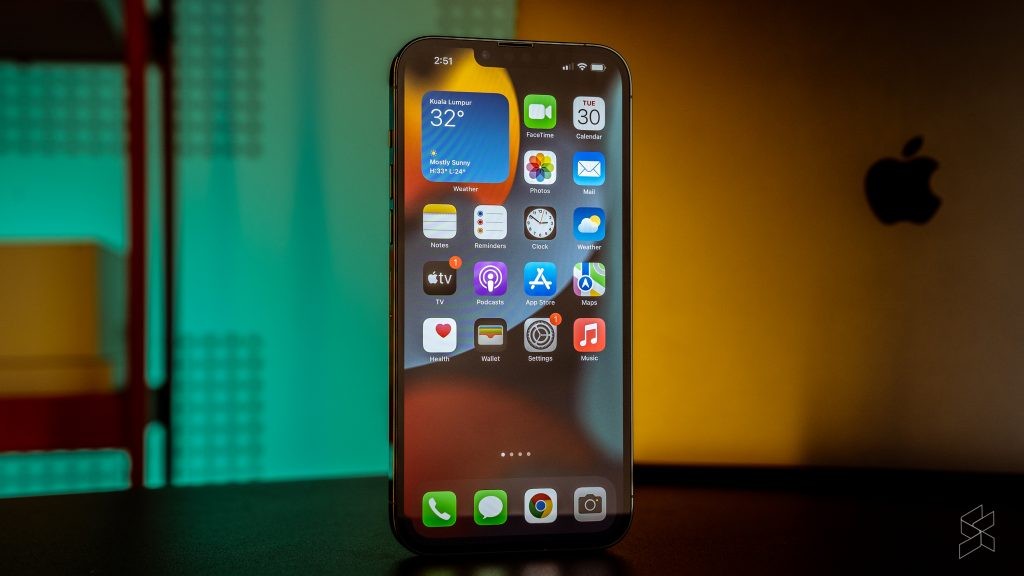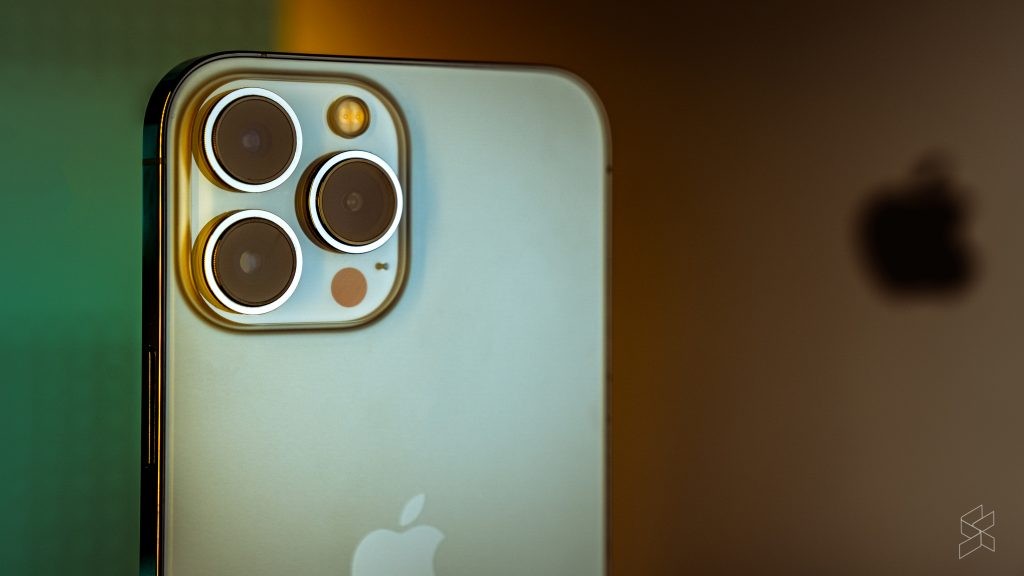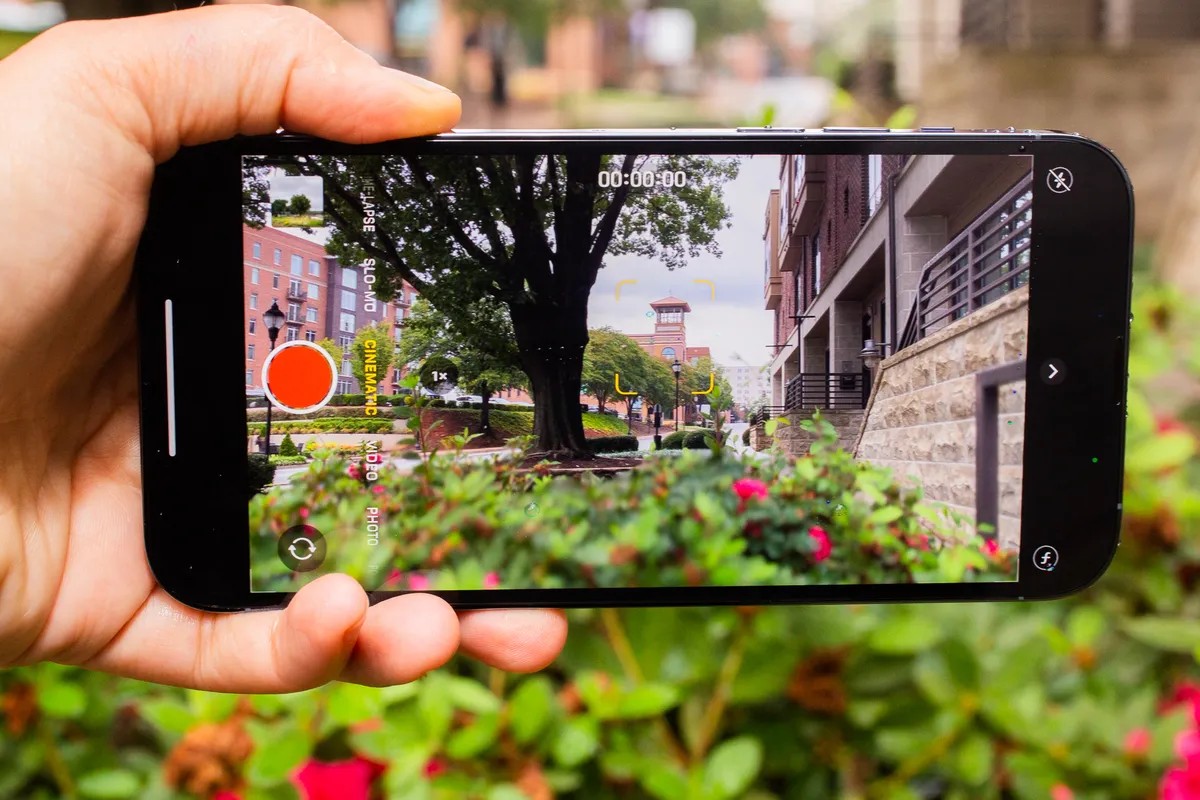Top-priced, big screen, two-day battery life and cracking cameras – but just too heavy to beat the best.
Apple’s latest super-sized smartphone is a beast in all directions, but is bigger really better?
The iPhone 13 Pro Max is Apple’s most expensive smartphone, starting at £1,049 ($1,099/A$1,849) – at least £100 more than other models. With the same chips, software, design and camera as the regular sized 13 Pro, size is the key differentiator.
The 6.7in 120Hz OLED screen is fantastic: crisp, bright and super smooth, matching Samsung’s very best. As with pin-sharp retina screens before them, faster screens are like a ratchet: once you use one it is very difficult to go back.
But while it looks great, its large size and solid-feeling stainless steel sides come with a major downside: weight.
Last year’s iPhone 12 Pro Max was already heavy at 226g, but the 13 Pro Max is even weightier at 240g. Direct competitors weigh significantly less with Samsung’s Galaxy S21 Ultra at 227g and Google’s Pixel 6 Pro at 210g, while the regular iPhone 13 Pro weighs 204g. Many other phones are under 200g and the difference is quite discernible.
You can feel the 13 Pro Max’s weight in the hand, in your pocket or bag, and it makes it hard to hold one-handed for any extended period without fatigue.
Specifications
- Screen: 6.7in Super Retina XDR with ProMotion (120Hz OLED) (458ppi)
- Processor: Apple A15 Bionic
- RAM: 6GB
- Storage: 128, 256, 512GB or 1TB
- Operating system: iOS 15.1
- Camera: Triple 12MP rear cameras with OIS, 12MP front-facing camera
- Connectivity: 5G, wifi 6, NFC, Bluetooth 5, Lightning, ultra wideband and GNSS
- Water resistance: IP68 (6 metres for 30 mins)
- Dimensions: 160.8 x 78.1 x 7.7mm
- Weight: 240g
Rapid performance and impressive battery life
Apple’s latest A15 Bionic processor is one of the fastest you can get, which combined with the 120Hz screen makes the 13 Pro Max feel super responsive.
Battery life is class-leading. The phone lasts well over 48 hours on battery requiring me only to charge it every third day, while still using the screen for almost eight hours with various apps, photos and music, including a good four hours on 5G. That’s a solid six-plus hours longer than smaller 13 Pro and should last a day for even the heaviest of users.
Sustainability
Apple does not provide an expected lifespan for the iPhone 13 Pro Max’s battery but it can be replaced for £69. Batteries in similar devices typically maintain at least 80% of their original capacity after 500 full charge cycles. Out-of-warranty screen repairs cost £316.44. The 13 Pro was awarded five out of 10 for repairability by the specialist site iFixit.
The 13 Pro Max uses 98% recycled rare earth metals, 99% recycled tungsten and 35% recycled plastic in various components, plus 100% recycled tin in the solder of its main board and battery management unit. The company breaks down the phone’s environmental impact in its report.
Apple also offers trade-in and free recycling schemes, including for non-Apple products.
iOS 15
The 13 Pro Max ships with iOS 15, which runs on all Apple’s smartphones from 2015’s iPhone 6S and newer, including the 13 Pro. The software has a few additions for the larger screen, such as two-pane views in the calendar, the settings app and others when held in landscape orientation.
Apple provides software updates for its smartphones for longer than any other manufacturer. You an expect at least five years of software and security updates but potentially as long as seven years, so you can use the phone safely for longer.
Camera
Unlike last year’s 12 Pro models, the 13 Pro and 13 Pro Max use the same cameras: three 12-megapixel cameras on the back including a really good 3x optical zoom, a top-class main camera with excellent low light performance and a great ultrawide camera. New for this year is a dedicated macro photography mode for capturing closeups of flowers or insects. For more detail see the 13 Pro review.
Price
The iPhone 13 Pro Max costs £1,049 ($1,099/A$1,849) with 128GB of storage, £1,049 ($1,199/A$2,019) for 256GB, £1,249 ($1,399/A$2,369) for 512GB or £1,449 ($1,599/A$2,719) for 1TB.
For comparison, the iPhone 13 costs £779, the iPhone 13 Pro costs £949, the Galaxy S21 Ultra costs £1,149, the OnePlus 9 Pro costs £829 and the Galaxy Z Flip 3 costs £949.
Verdict
The iPhone 13 Pro Max is a beast with Apple’s biggest screen, longest battery life and highest price.
There aren’t many phones that can last more than 48 hours on a charge, particularly with top-class chips, cameras, a 120Hz screen and upwards of six years of software support.
But all that size and power comes at a very heavy cost. Literally. The phone is just too heavy.
If you’re an iPhone buyer looking to replace a worn-out handset, you can stomach spending over £1,000 and need it to last at least two days of use on battery, the 13 Pro Max is it. For everyone else there are better, lighter options.
Pros: great cameras, 3x optical zoom, Face ID, very long battery life, great performance, large and brilliant 120Hz screen with smaller notch, 5G, long software support.
Cons: no USB-C, need your own charger, very heavy, very expensive, huge and difficult to use one-handed, not cutting edge compared with folding-screen devices.
 OMNA Health, Fitness, Fashion, Beauty, Style, Tech & Travel
OMNA Health, Fitness, Fashion, Beauty, Style, Tech & Travel
